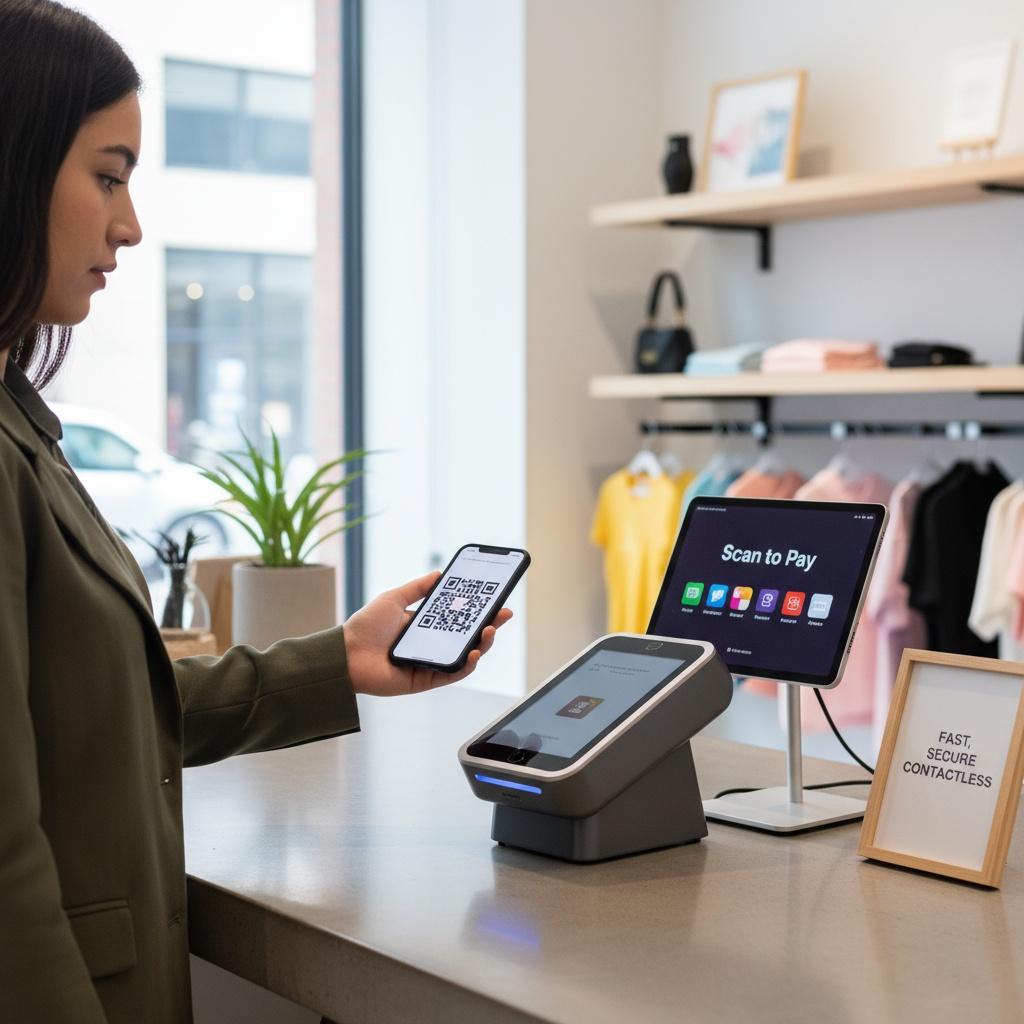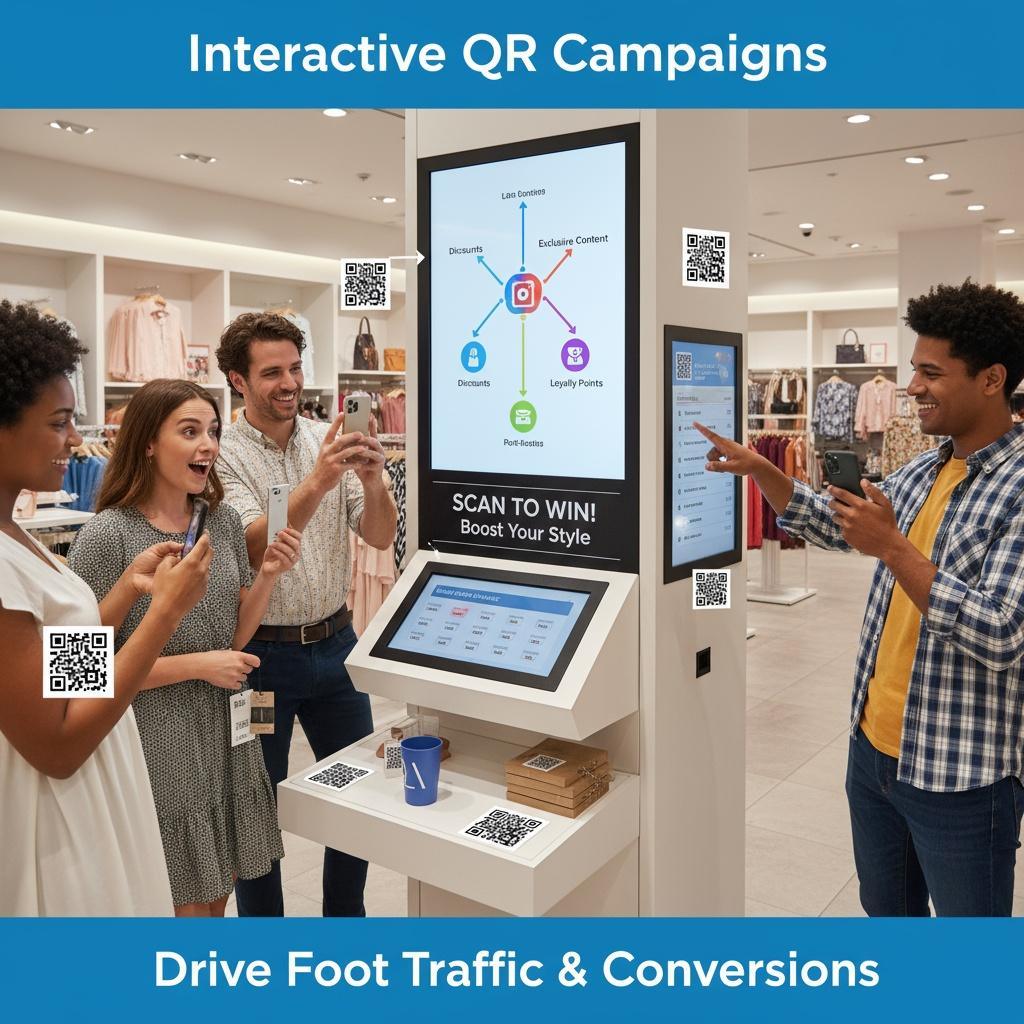

In today’s fast-paced retail environment, integrating technology to enhance customer experiences is not just an option, but a necessity. Interactive QR campaigns offer a compelling way to connect physical shoppers with rich digital content, driving engagement and ultimately boosting in-store sales. By leveraging QR codes in business, retailers can create seamless and personalized shopping journeys that align perfectly with modern marketing strategies.
QR codes provide an easy and immediate way for consumers to access product information, promotions, and other interactive content just by scanning with their smartphone cameras. According to Shopify’s insights on QR codes in retail, these simple codes help retailers bridge the gap between offline and online channels, offering customers a richer, more informed shopping experience that encourages purchases.
One of the core strengths of QR codes lies in their versatility. Retailers can place them on product packaging, shelf displays, or signage to provide customers with tutorials, usage tips, and brand storytelling—all accessible instantly. This level of interaction helps shoppers make better decisions, which can increase conversion rates and reduce hesitation at the point of sale.
To maximize the impact of QR codes, businesses should design campaigns that are engaging and reward-driven. For example, offering exclusive discounts, instant coupons, or loyalty program incentives via QR scans encourages immediate action and repeat visits. As noted by eMarketer’s analysis, well-executed QR code campaigns can deepen customer understanding and enhance brand loyalty.
Furthermore, interactive QR campaigns can integrate gamification strategies such as scavenger hunts or hidden discounts inside the store, creating a fun and immersive shopping experience. This approach not only increases dwell time but also builds a stronger emotional connection with the brand.
Modern consumers value convenience, and QR codes can significantly simplify the purchasing process. Retailers like IKEA and Starbucks have successfully implemented QR-enabled mobile checkout options, reducing wait times and enhancing customer satisfaction. By integrating such digital transformation tools, businesses can optimize operations and reduce friction points at the checkout counter.
Beyond immediate sales, QR codes serve as powerful tools for collecting valuable first-party customer data. By encouraging newsletter sign-ups, feedback, or contest entries via QR scans, businesses gain insights into consumer preferences and behaviors. This data can be used to personalize marketing messages and improve future campaigns, fostering long-term customer relationships.
To ensure high scan rates and a positive user experience, QR codes should be visually appealing and clearly branded. Use contrasting colors, include your logo, and place the codes strategically—such as at eye-level or areas where customers naturally pause. All linked content must be optimized for mobile devices, providing seamless navigation that keeps users engaged.
Interactive QR campaigns represent a modern marketing strategy that aligns with evolving consumer habits and digital expectations. By creatively using QR codes in business to deliver instant, value-driven experiences, retailers can bridge the physical and digital divide, enhance customer engagement, and drive measurable sales growth. Embracing these digital transformation tools is not merely an enhancement, but a strategic imperative for retailers aiming to thrive in today’s competitive marketplace.